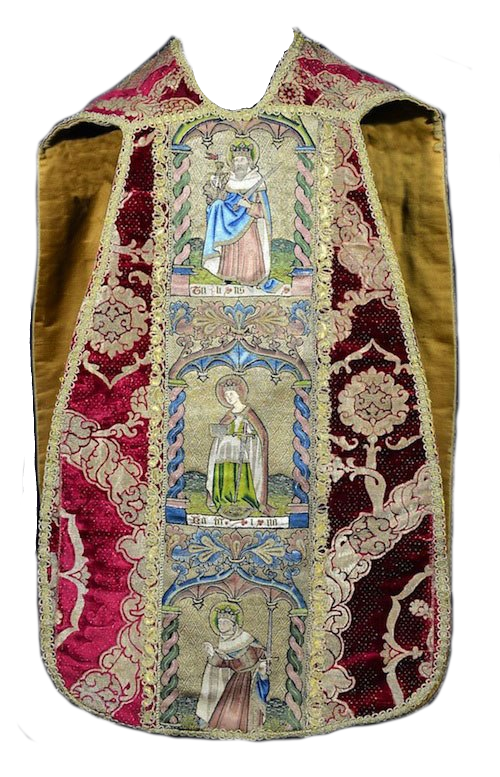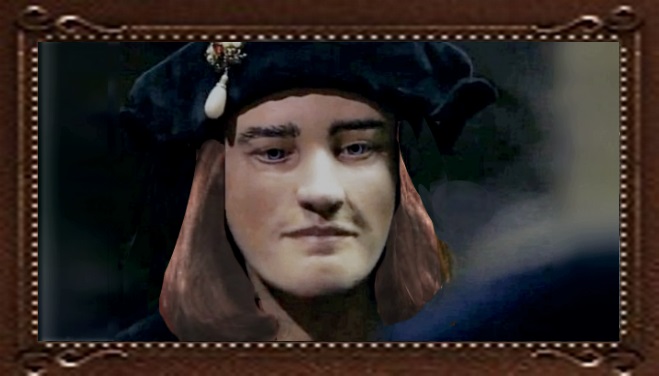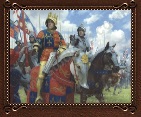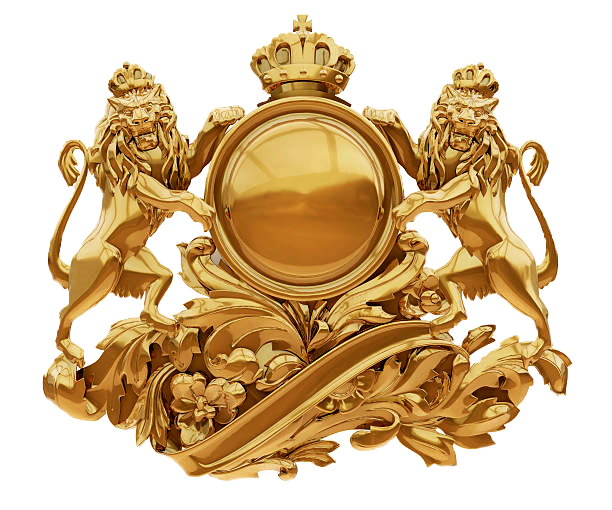
"I say I pray you that ye fail me not at this time in my great need, as ye will that I show you my good lordship in that matter that ye labour to me for." - Richard III
"Richard III presented himself as a reformer committed to justice and morality who would remedy the supposed misrule of Edward IV's last years and the sexual license of his brother's court. His signet registers reveal plans to improve the management of the royal estates and the north."
In simpler terms, Richard III was a king for the people. Many accounts suggest that
he listened to his constituents, the poor and struggling who lived under his
rule. "While serving as king for just two years, Richard III championed
principles of justice which still guide legal systems today. He proclaimed
that laws had to be administered impartially, and that justice had to be meted out
quickly. He also established the concept that everyone had the right to be
represented by a lawyer regardless of his or her ability to pay."

It would appear that Richard had every intention of positioning himself as a fair and balanced ruler. A staunch Catholic, Richard's reign seemed predisposed to rule England with God at the forefront. Foreign officials to his court remarked that Richard, King of England, has a "good heart."
So where, then, do the myths of wickedness and murder; corruptness and deceit, come into play with so noble a king? Richard III had many enemies who sought to malign his character, including the Catholic Priest and Lawyer, Thomas More, and the "Immortal Bard," William Shakespeare, author of "Richard III," the latter whom, no doubt, received his instructions and information from the enemies of Richard. The young king, though he did suffer from scoliosis, was never the deformed heathen as Shakespeare cruelly depicted him to be, casting him as a wicked monster whose portraits revealed him with claws for fingers, a withered arm, and a huge hump on his back. That "hump" was actually one shoulder (the left) appearing slightly higher than the other which made him appear smaller in stance than his more-than-average height of 5 feet 8 inches.

When we think of Richard III, we, automatically, would conjure up Shakespeare's work and the habitual acceptance without little question as to the unattractiveness and brutality of his factual character. Thankfully, some historians have since questioned Shakespeare and Thomas More, and continue to raise questions, especially upon the recent finding of Richard III's skeletal remains and the results of DNA testing. Richard III was in no way the hideous monster he was for centuries characterized to be. He was not the heavily deformed, wicked usurper called "crook-back" written about for centuries; no! Rather, he was a handsome, slender man with no hump on his back, with blonde hair that turned light brown despite the claims he had dark hair, with blue eyes rather than brown, with fingers, not claws; a pious man and gentle soul, yet a good king and a brave, noble warrior. Richard III appears to have had all of the qualities every ruler might wish to possess...and more. It stands to reason that many rulers and politicians today could take a lesson or two from the humbleness of this medieval king, the last English king to die in battle, and one of the last Catholic kings of England. Despite the positive and attractive findings of the manners and appearance of Richard III, many today still want to believe that Richard III usurped the throne of England and committed the murders of his two nephews, the "little princes," sons of Richard's beloved brother, the former King Edward IV of England.

So why are we fascinated with Richard III? What has drawn us to this place; this place of hero worship, admiration and curiosity for someone so far removed from society and whose reputation, face, and form has been soured and maligned since his death in battle on August 22, 1485. Branded thoughout the centuries as a cruel monster, vicious warlord, and heartless murderer. Guilty before proven innocent. Guilty without a shred of evidence. Guilty because of hatred, jealousy and greed, sins of the world. (photo at right shows print by artist, Graham Turner, of Richard at the Battle of Bosworth, and also by Graham, a beautiful painting of the King and his Queen, Richard and Anne. The painting, shown below, is not shown in it's entirety, however.)

Today, we stand fascinated and curious as it is now understood and accepted that injustice has been served upon this once king of England; the injustice of a charge of guilt without cause. And yet, the few accomplishments he had made and had planned to make during his all-too-brief reign clarify that Richard III did, indeed, have a "good heart" and good intentions for God and for his people.
Here, we mourn the memory of a tragic end, undoubtedly a pre-planned conspiratorial act by some close to him; a conspiracy, perhaps, to rid the English throne forever of the name "Plantagenet." Upon Richard's untimely death, that conspiracy was carried out to fruition and King Richard III of England, thus, became the last Plantagenet king to sit upon the English throne. Richard knew of the fate that was to befall him as he bravely rode toward his deliberate death. He died alone, for those he thought his "friends," were enemies, meanwhile, his loyal and true friends could not save him.
"It is now time to focus on the loyal brother, the brave soldier, the highly
competent administrator of the north of England, the pounder of the Scots;
time to remember the man who brought in special courts to hear the complaints
of the poor, who abolished "benevolences" (taxes, unvoted by Parliament,
disguised as gifts to the king), and who banned any curbs on the new art of printing."
The very same King of England who gave us the system of weights and measures, and whom ordered the first translation of the Holy Bible into English. That was Richard III.
Footnote Sources:
- 1.Encyclopedia Brittanica, Richard III, King of England, Reign and fall
¶ 1
- 2. 'Live Science: Richard III Facts & Biography' by Kim Ann Zimmermann,
Live Science Contributor | August 15, 2013; Time in Power, ¶ 3.
- 3. 'The Economist: Richard III' | Feb. 9, 2013; ¶ 3
A Funeral For A King


